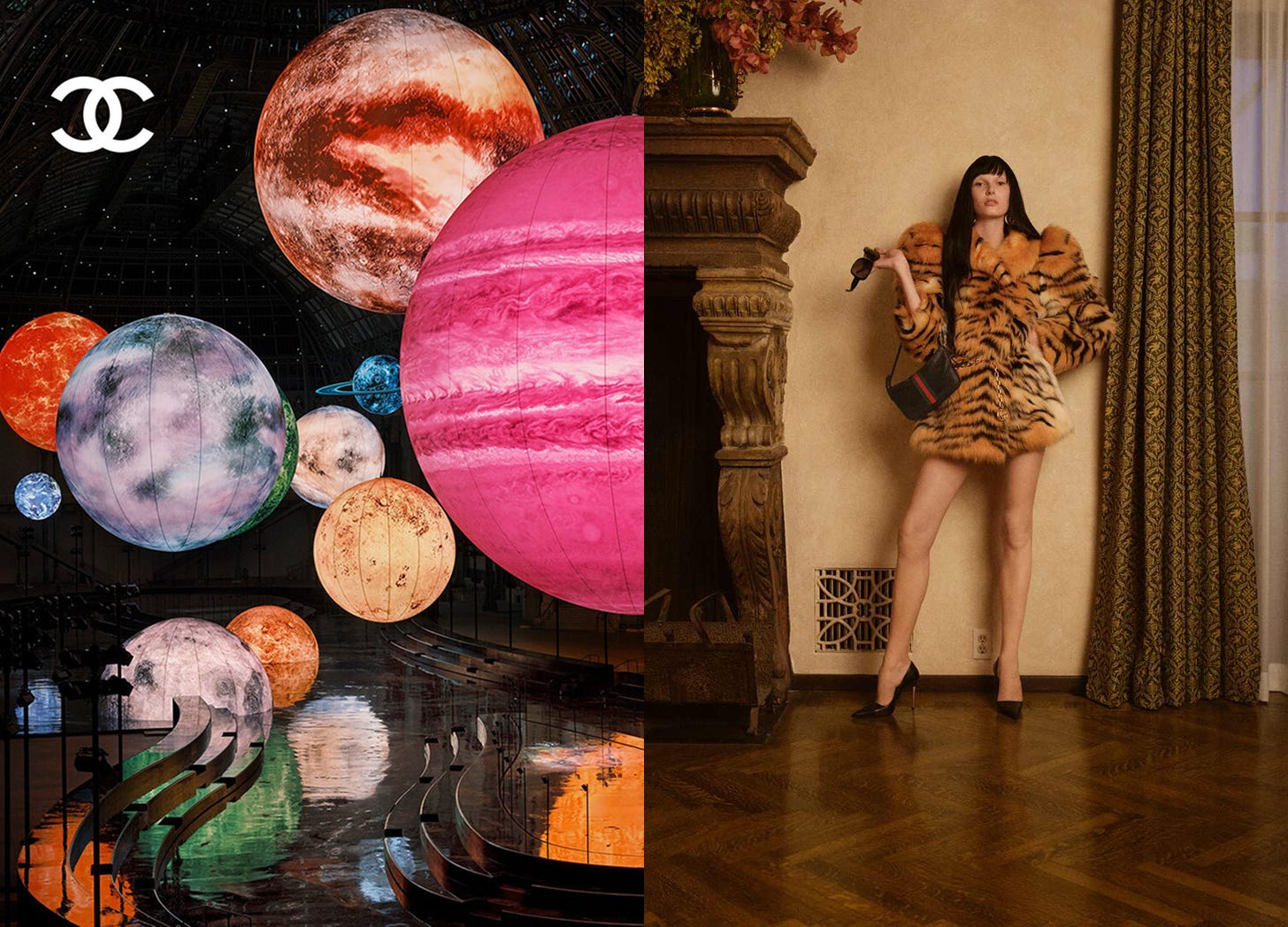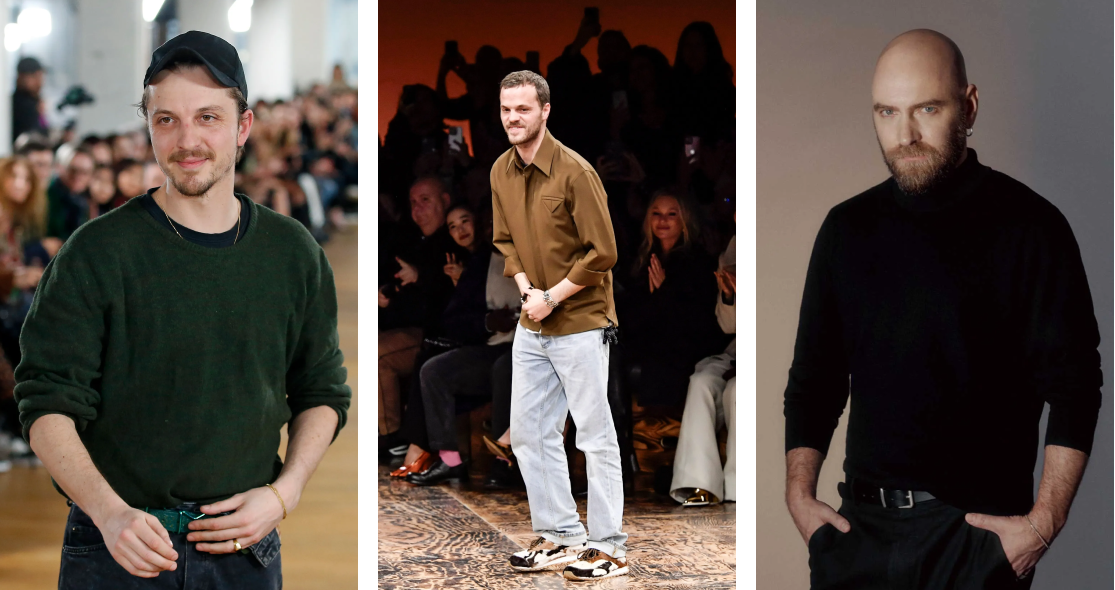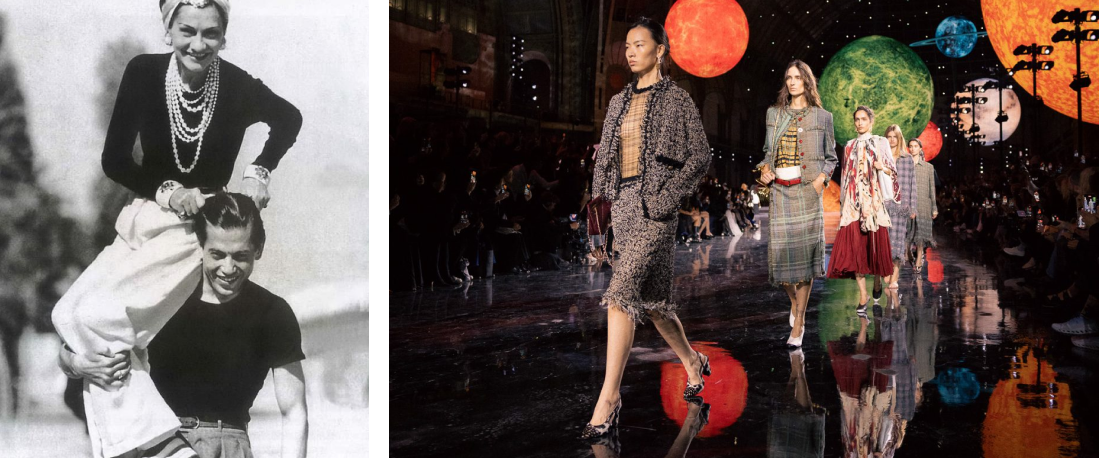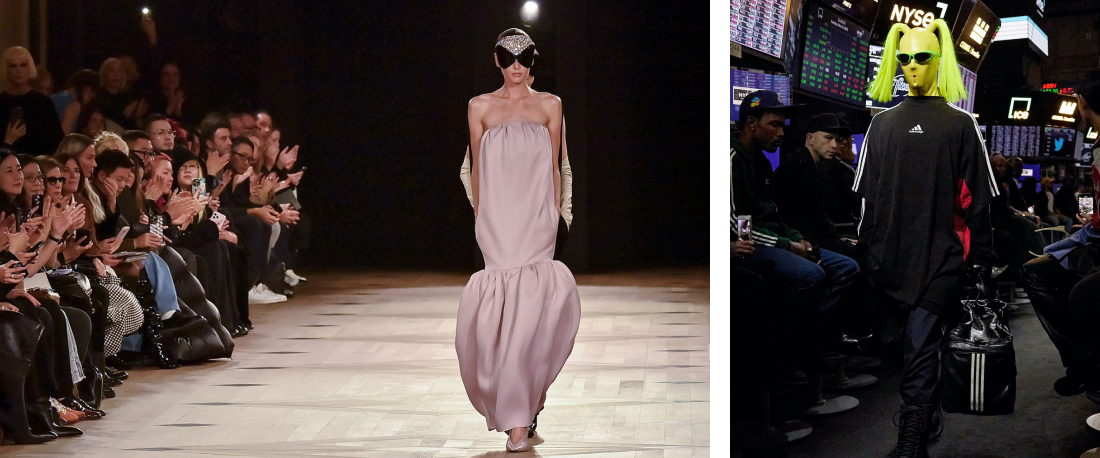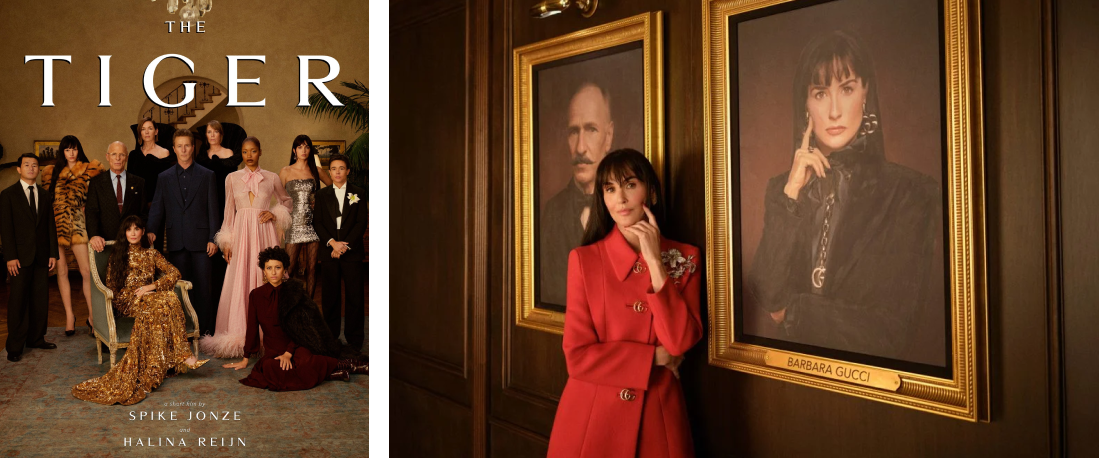Who makes a brand?
The creative director’s delicate role
Welcome back to The Brandsider - an insider’s weekly dispatch on how brands build belonging. Connect with me on Instagram and LinkedIn.
October 10, 2025 | Edinburgh, UK
It’s been a lovely week in Edinburgh. My mother-in-law was in town, and we spent Tuesday evening frequenting some favourites: Café Royal for drinks, Dishoom for dinner, and Gleneagles Townhouse for a nightcap. My parents fly in this weekend, so more adventures to follow.
On socials, I shared a two-part series on Ennismore and the formidable Gleneagles - a timely continuation of last week’s piece on why heritage isn’t enough, and how brands can tap into lineage to make insiders feel part of something bigger than themselves.
Now, with Paris Fashion Week still fresh, it felt like a natural extension to dive into the many designer debuts that took place. I’m no fashion expert, but I am fascinated with the role of creative director - and how the most successful ones manage to bring their own vision to a brand while keeping its core intact.
Let’s dive in.
Tamara
Watch → Behind Ennismore (Part 1)
Watch → The glorious playground (Part 2)
In today’s newsletter → Matthieu Blazy’s debut at Chanel, Balenciaga’s transcendence, and Gucci’s provocative short film
Les chaises musicales
Paris Fashion Week ended on Wednesday - and with it, a flurry of creative director debuts. It’s a true game of musical chairs, as designers move from house to house hoping to leave their indelible mark.
Jonathan Anderson for Dior
Miguel Castro Freitas for Mugler
Jack McCollough & Lazaro Hernandez for Loewe
Glenn Martens for Maison Margiela
Pierpaolo Piccioli for Balenciaga
Duran Lantink for Jean Paul Gaultier
Matthieu Blazy for Chanel
(H.M. Demna for Gucci)
Never mind that these are all men designing womenswear; that’s a discussion for another time. But all this movement got me thinking about the role of creative directors in shaping a brand.
Many CDs have become brands in their own right - bringing their codes, references, and vision to the maisons they join. Hedi Slimane, Demna, Jonathan Anderson come to mind.
But the balance between vision and continuity is a delicate one.
A new perspective can reinvigorate a brand. But if they push too far into new territory, creative directors can fracture the emotional connection that makes insiders feel like they belong. Something which is easy to do, and very difficult to recover.
The art of interpretation
The best creative directors understand that their role isn’t to reinvent a brand:
it’s to translate the story.
They’re interpreters, not architects. Their job is to take the same source text and rewrite it for a new era - as Emily Wilson did when she became the first woman to translate Homer’s Odyssey. This is how they shift the expression, not the emotion.
Because belonging doesn’t come from consistency of form - it comes from consistency of feeling.
The designers who manage to preserve that feeling sustain three pillars:
The founding myth: why the brand exists.
The emotional promise: how it makes people feel.
The archetype: who embodies the world.
1. The founding myth
Chanel × Matthieu Blazy
Every brand is born from a founding myth - the original act of creation that defines its purpose and world. It’s the moment of ignition that explains why it exists, not just what it sells.
Matthieu Blazy’s debut at Chanel does exactly that. Rather than chasing novelty, he reached back to the house’s emotional genesis: the love story between Gabrielle Chanel and Arthur ‘Boy’ Capel. The linchpin that took Chanel from a humble hat-maker to global empire.
By grounding his vision in that partnership, Blazy re-centered Chanel around intimacy, emotion, and craftsmanship - the human story behind the icon. His collaboration with Charvet, Capel’s shirtmaker, nods both to their story and to Chanel’s enduring balance of masculine and feminine.
Read → Matthieu Blazy’s Vision for Chanel (BoF)
2. The emotional promise
Balenciaga × Demna x Pierpaolo Piccioli
Every brand has a fixed emotional frequency - the feeling its insiders return for again and again. When creative directors change, the strongest ones know to adjust the expression, not the emotion. The world can look different, but it must feel the same.
Balenciaga is an interesting case study here, because the brand’s emotional pull has always been powerful - but never particularly sentimental.
When Cristóbal Balenciaga founded the label in 1917, his differentiator was craftsmanship, and he was hailed the ‘architect of haute couture’. His collections were engineered perfection - inspiring awe, reverence, and transcendence through form. To wear Balenciaga was to elevate - to be beyond reach.
A couturier must be an architect for design, a sculptor for shape, a painter for color, a musician for harmony, and a philosopher for temperance. — Cristóbal Balenciaga
When Demna joined in 2016, he translated that same disruptive energy for a cynical, chaotic world. He replaced reverence with confrontation - using irony and provocation to elicit the same intensity of feeling. He didn’t betray the brand’s emotional code; he re-expressed it to the excitement and dismay of many.
Now, Pierpaolo Piccioli reinterprets that promise - returning to Balenciaga’s couture beginnings while introducing a new softness. His first collection merges streetwear references, romantic silhouettes, and luminous colour - evoking the rare belonging that comes from standing slightly apart.
Read → Pierpaolo Piccioli Shares His Vision for Balenciaga (WWD)
3. The archetype
Gucci x Demna
Every enduring brand comes to life through archetypes: the recurring characters that define its world and invite insiders to find their place within it. Protecting those archetypes means keeping the cast intact even as the story evolves.
Demna’s debut for Gucci, unveiled through the short film The Tiger, reimagines those characters with cinematic precision. Each role - L’Incazzata (the angry one), La Bomba (the bombshell), La Principessa (the princess) - forms part of a family portrait that mirrors the SS26 ‘La Famiglia’ collection.
Through surreal storytelling, Demna turns Gucci’s world into a mirror for modern consumerism. That beneath polished exteriors of elegance and control, we are all succumbing to dangerous, chaotic forces of our animalistic nature - the hunger for recognition, the desire for freedom, the instinct for pleasure.
It’s a cerebral interpretation of Gucci’s maximalism: we are all, always, one breath away from releasing the tiger within us.
Watch → THE TIGER by Spike Jonze and Halina Reijn (Gucci)
Parting thoughts
Although the creative director’s role is most apparent in fashion, this playbook applies to any brand undergoing a change of leadership.
Unless there is an explicit intention to shift a brand entirely - in the context of a major rebrand or strategic transformation - leaders have a duty to maintain emotional core, defined by myth, promise, and archetype.
Otherwise, they risk leaving their biggest champions - their brand insiders - out in the cold.
Wishing you a warm weekend. And until next week!
xo,
The Brandsider



